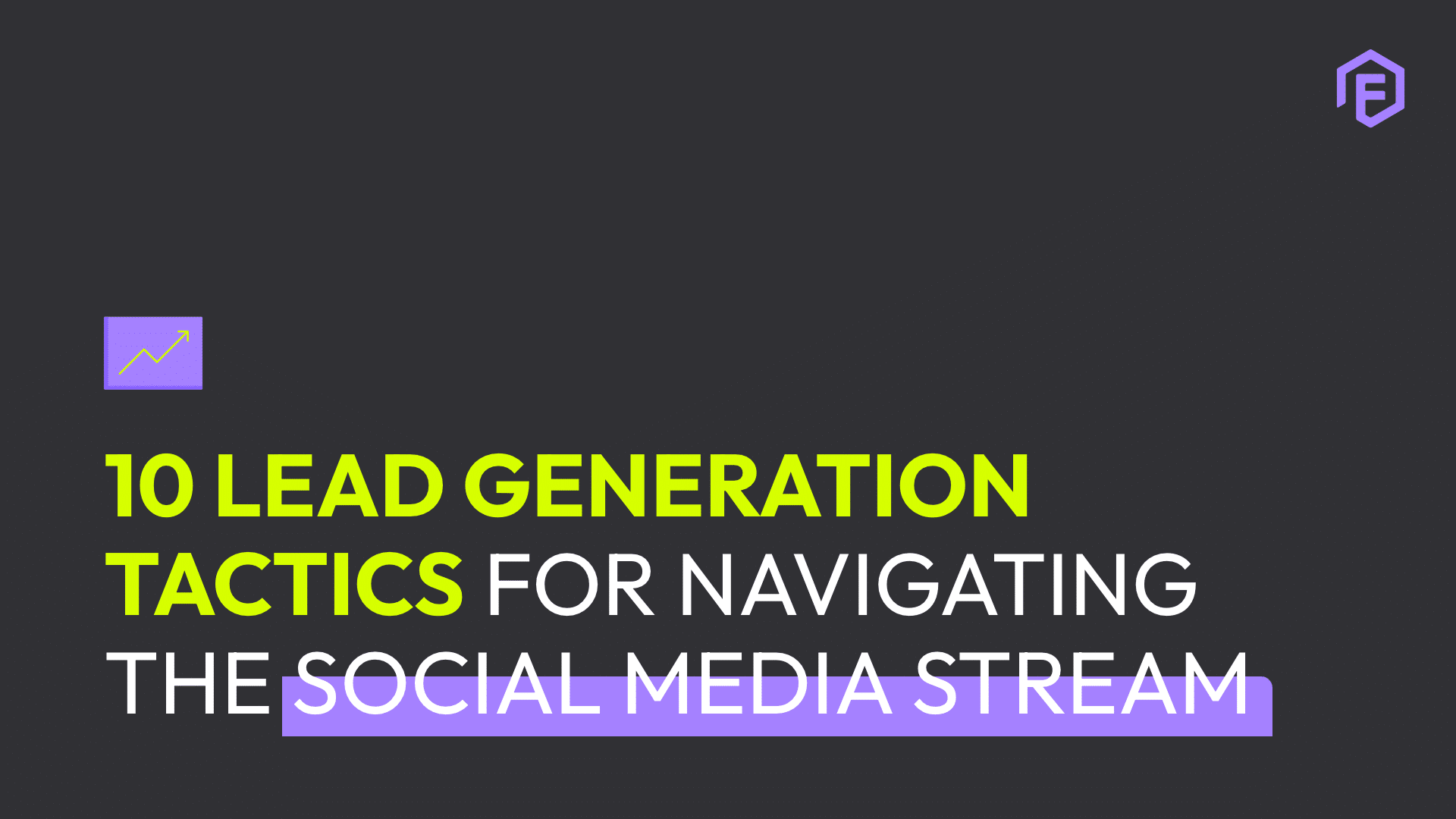There’s an inside joke among many a copywriting circle within the creative industry when it comes to defining “copywriter”. The job title alone is more often than not met with vacant facial expressions (even from our own parents.) Copywriting in itself is quite straightforward – writing text, or “copy”, for print ads, scripts for television commercials and radio, etc. Digital copywriting, in contrast, takes it to a whole other platform. Literally. To a certain degree, digital copywriting is similar to traditional copywriting in that you are writing copy for marketing purposes. We write to tell a brand’s story. We write to create meaningful relationships between brands and consumers.
Traditionally, copywriting is the process of creating text copy for advertising materials and media. Pretty much every word, written or spoken, in marketing formats is written by a copywriter. It’s what you read in a printed ad, what you hear in a radio ad, the billboards you see over the highway, even the scripts used by telemarketers when they cold-call you (yeah, that’s us too – sorry.) It’s the copywriter’s job to entice and persuade consumers to buy a brand’s particular product or service.
How we do it
This is done by appealing to the consumers’ needs and desires. Copywriters have the responsibility of demonstrating how a particular product can make an individual’s life easier or better. It’s also important to create a narrative around a brand. There’s no use in trying to sell a product when consumers know nothing about the brand, its history, or its core values.
Digital copywriting attempts to do the same, but via digital media. The platforms we use to do this are in abundance today. You may encounter ads or marketing media on social media platforms, in the results of a Google search, or via email in the form of an emailer. Even a website is considered a form of digital marketing and thus requires the skill of a digital copywriter. However, unlike traditional marketing, digital marketing faces an uphill battle with the digital consumer being in control of what they see, when they see it, and how they respond to it.
Find out more about the digital marketing industry here.
Traditional Marketing
In terms of traditional or above-the-line marketing, consumers are confronted with marketing materials in situations or circumstances that require minimal interaction from their side. That is to say, the consumer has no direct control over how many billboards they pass on their drive home after work or the TV commercials filling the gaps throughout an episode of Masterchef Australia. But online, an individual’s search on Google rouses brands from their digitised slumber, but only if they are relevant to the consumer. The same goes for their social media feeds. Brands use social media marketing to reach consumers through targeted audiences, such as a baby product brand appealing to expectant or new parents. But, nevertheless, it’s up to the user to decide whether they follow the link or “hide” the ad. In essence, the consumer is now in control of what is advertised to them and brands are at their mercy.
That being said, digital copywriting has a trickier job of directing copy to the preferred audiences and do so in a way that prevents them from scrolling past, skipping the ad, or the dreaded “hide”. For example, writing for SEO (search engine optimisation) requires deep-dive searching to identify what keywords and phrases are most likely to be entered into a search bar. We then make sure to feature the most relevant and popular keywords in our content which is exceptionally important for websites. According to Leverage Marketing, users very rarely scroll past the first five results populated from a search. Writing for social media also requires a certain degree of skill. Unlike long copy, like an online news article or blog post, social media posts need to pack a punch in a short amount of text. Character limits (a copywriter’s kryptonite) force us writers to turn into literary guillotines, chopping and changing our copy to be succinct but ever-impactful.
Digital copywriters have many other “types” of content and format hats to wear. We’ve already spoken about a few formats of digital copy, but they often require a completely different approach. For example, short and long formats. Short formats, such as social media posts, work best when they’re succinct, yet engaging. Whereas long copy often desires research and preparation (Matric English essays, anyone?) Long copy can range from blog posts to digital press releases, and even mission statements found on a company’s website.
To Conclude
The best way to describe digital copywriting when compared to traditional copywriting is “same same, but different.” Although much of what is required of a digital copywriter (well-written, informative, persuasive text) remains the same as for a traditional or above-the-line copywriter, fledgling digital writers need to learn the tricks of the trade that change on a near-daily basis. On top of this, there is a degree of psychology or “mind reading” involved when trying to predict what a consumer will search for on Google. But then again, isn’t advertising about knowing what product the consumer wants before they even want it?
Flume is a cutting-edge digital marketing agency that can take your business to the next level. Here at Flume, our clients come first. We offer various services, including web, app, platform production, SEO, Data Analytics, digital strategy, creative production, and publishing. Whether you need to revamp your website or create engaging social media content, Flume has the expertise to make it happen. So why wait? Contact us today to learn how Flume can help your business thrive in the digital world!



